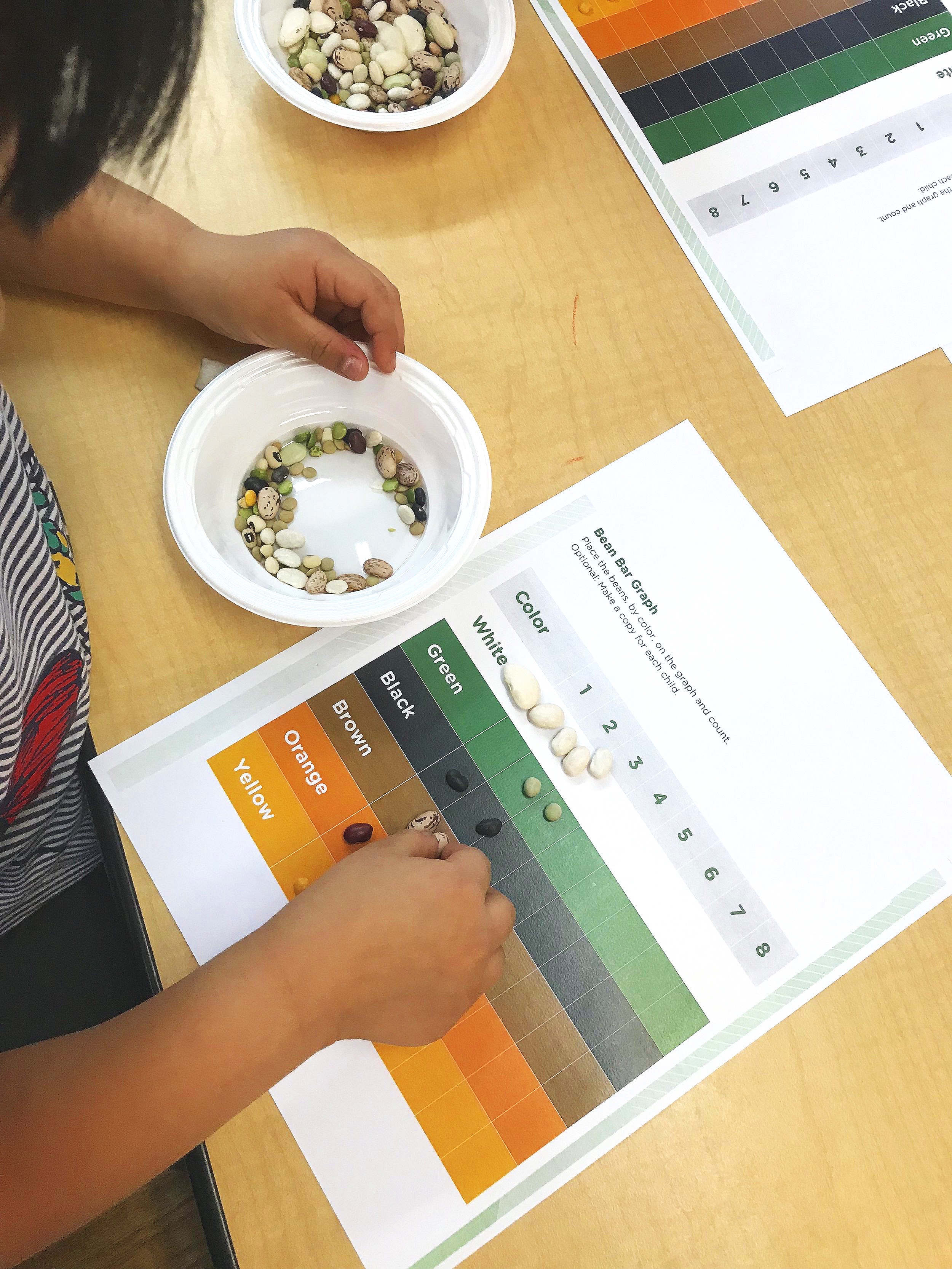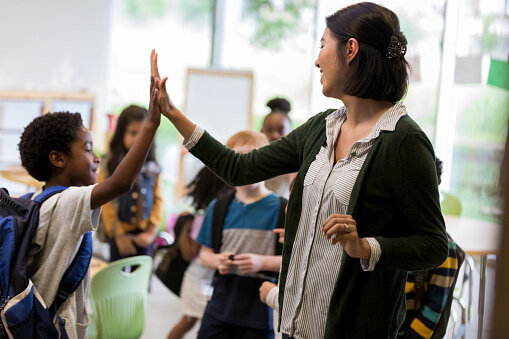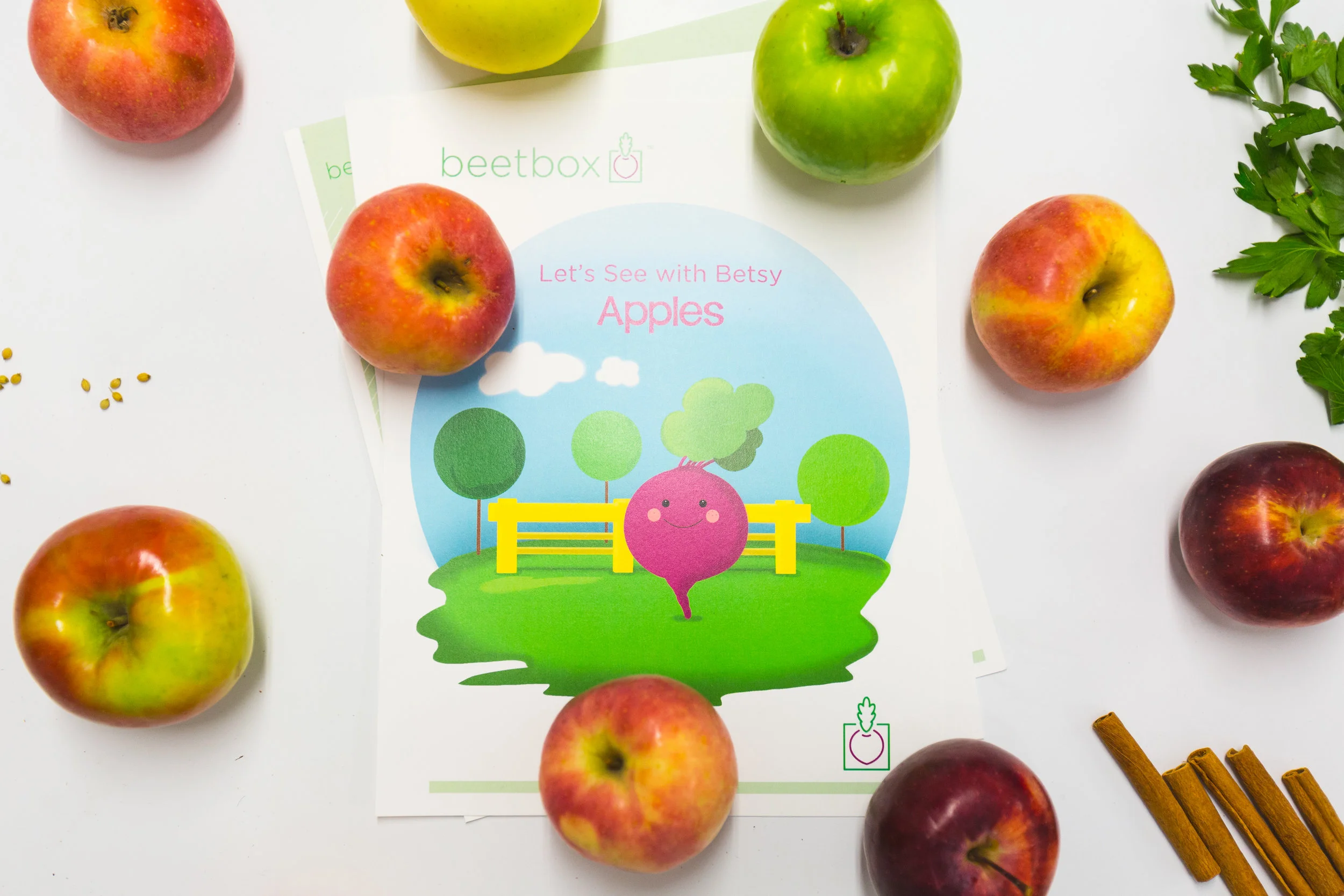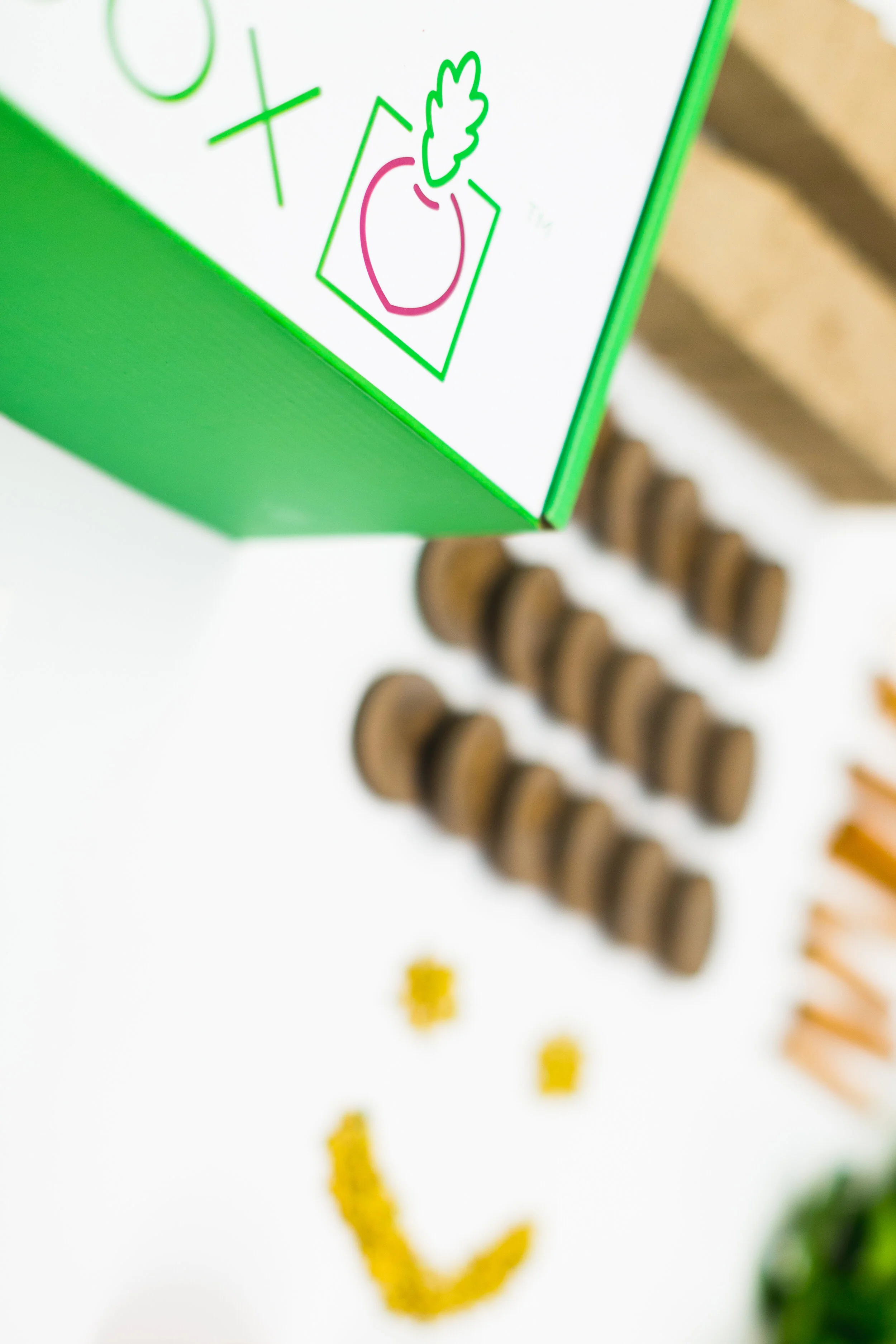Graphing, Sorting and Estimation for Preschool + Kindergarten
Integrating more math into your toddler, pre-k, or kindergarten classroom can certainly seem daunting. But it might not be as difficult as you think. Young children have a natural affinity for sorting and categorizing, so we’ve put together a few activities (and free downloads) to help you easily take advantage of this.
1. Sorting by Color and Number
You can take almost any mix of classroom items and create an extremely simple and easy to implement sorting activity. For younger children, sorting by color and number is usually a good place to start. Sorting building blocks into piles of yellow, red, blue etc, or making piles of beads or pipe cleaners with different quantities, like 2,4,6, or 8. Make sure to include visual aids, such as “circles” drawn on paper for them to place each item, and a large, clear visual of the number. Colors should be written in their actual colors. As they work, children might immediately notice which colors of an item had more or less or the same amount, which can lead to some engaging mathematical discussions. For older children, use more complex “like” groups. For example, if sorting play animals, sort by animals with 4 legs, or sort by animals that live where it’s warm, adjusting to age and ability. If you’d like the bar graphing activity shown above, you can order our “Beans” lesson plan, or a spring combo kit here! You can get a free sample of these by scrolling down below. (But remember - our kits come with 15-20 activities each, PLUS materials!
2. Polling and Voting
Polling and voting is an easy add on activity to any circle time, and can even be done daily. Just about any subject can be turned into a poll. Studying insects? Make an easy “T-Chart” on large paper with “Ladybugs” on one side or “Bumble Bees” on the other. Make voting interactive by giving children a sticker, a marker, or stamp. They can take turns, one by one, casting their vote. A classroom special helper can be the “poller” who can count the quantity of votes on each side. Make sure to help children write the actual number, to help with visual number association. Click here to see an example.
3. Estimation
Estimation activities provide an excellent opportunity for problem solving. The key to creating age appropriate estimation lessons is to give children a point of reference.At beetbox, we like to use beans! Show children what a small number (2 or 3) beans looks like first. Then, fill any transparent container with the desired number of any item. You’ll want to ensure to not fill higher than your children can actually count, or are learning to count. For older children, fill a larger container such as a big mason jar, tall glass, or jug. For younger children, a smaller clear glass, or transparent small plastic container. Pass the container of beans around for the children to hold, shake, and observe. Then, ask each child to guess how many beans they think are in the container. Write down each guess. As a class, count the beans together and see who’s guess came the closest to the actual number. Try again while using different amounts or types of beans and containers. Switch out beans for other classroom items like pom-poms, beads, erasers, blocks, etc.


















